Trivia question for Jul-23-2011
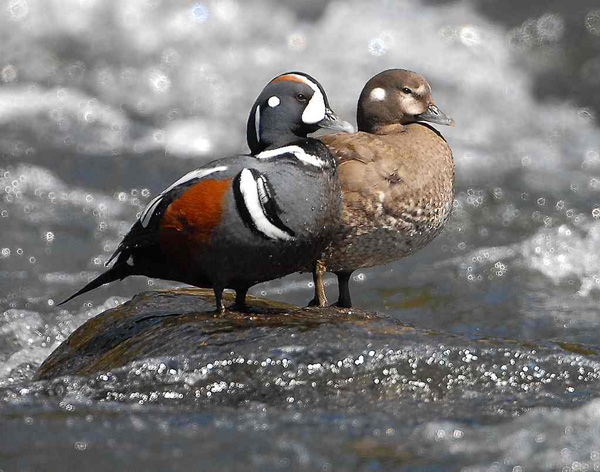
These birds feed by swimming under water or diving. They also dabble. They eat molluscs, crustaceans and insects. They have smooth, densely packed feathers that trap a lot of air within them.
Trivia question for Jul-22-2011
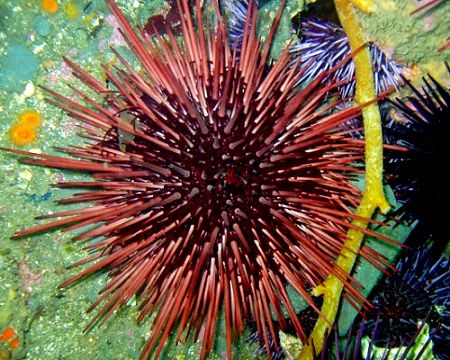
They move slowly, feeding mostly on algae. Sea otters, wolf eels, triggerfish, and other predators feed on them. Their “roe” (actually the gonads) is a delicacy in many cuisines. These guys are sensitive to touch, light, and chemicals. Although they do not have eyes or eye spots, recent research suggests that their entire body might function as one compound eye.
Trivia question for Jul-21-2011
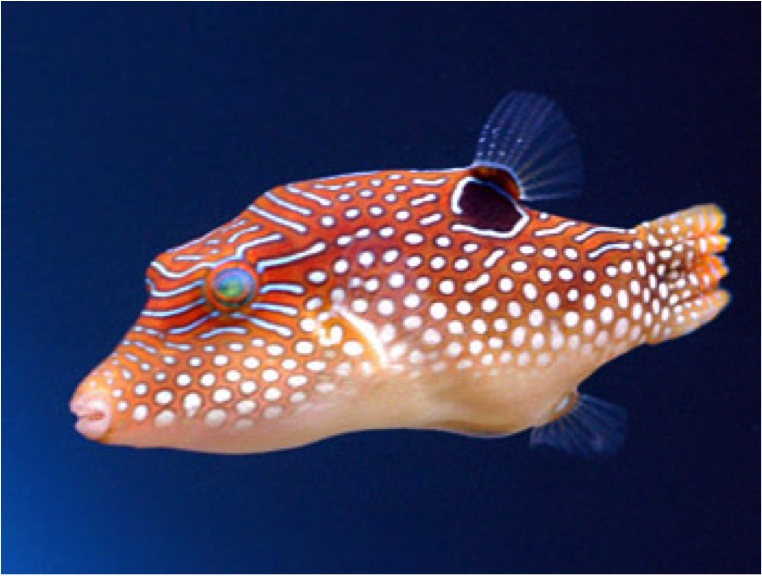
These fish are able to move their eyes independently, and many species can change the color or intensity of their patterns in response to environmental changes. In these respects they are somewhat similar to the terrestrial chameleon. Although most of these fish are drab, many have bright colors and distinctive markings and make no attempt to hide from predators.
Trivia question for Jul-20-2011
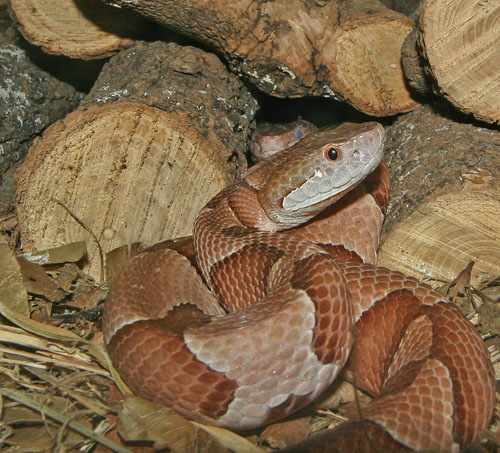
These guys are in the viper family and they sense warm-blooded prey through pits on each side of its head. Adults usually grow to a total length of 20–37 in, although some may exceed 3.3 ft. Males are usually larger than females. The maximum length reported for this species is 53.0 in.
Trivia question for Jul-19-2011
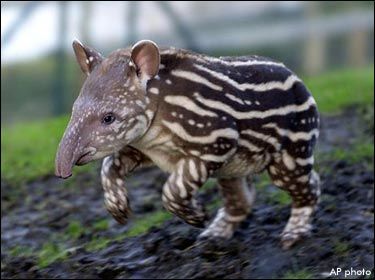
The species are excellent swimmers and divers but also moves quickly on land, even over rugged, mountainous terrain. The species has a life span of approximately 25 to 30 years. They can attain a body length of 5.9 to 8.2 ft with a 2.0 to 3.9 in short stubby tail and 500 lb in weight.
Trivia question for Jul-18-2011
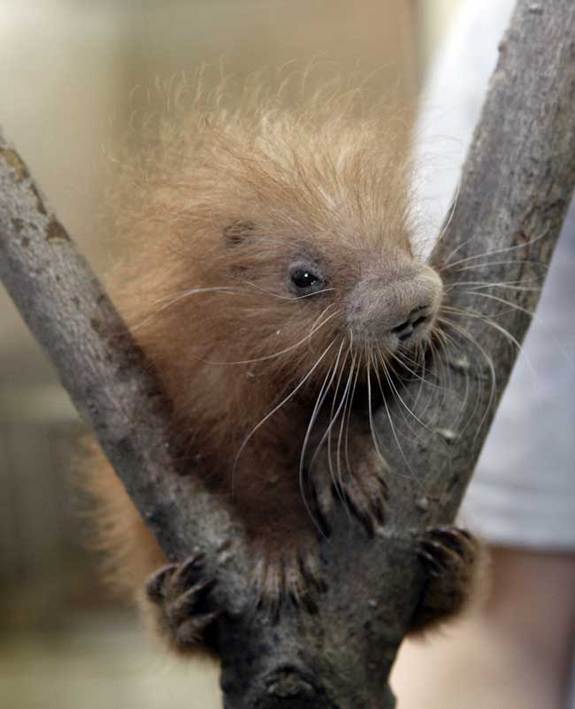
These guys are actually large rodents, second in size only to beavers. These guys are listed on the Red List of Threatened Animals but in their home range, they are actually listed as endangered. Habitat loss if the number one reason these guys are becoming more scarce.
Trivia question for Jul-17-2011

They eat anything from cattle carcasses to beached fish and dead lizards. In forests, it is likely to eat sloth. Principally a carrion eater, there are isolated reports of it eating injured animals, newborn calves and small lizards.
Trivia question for Jul-16-2011
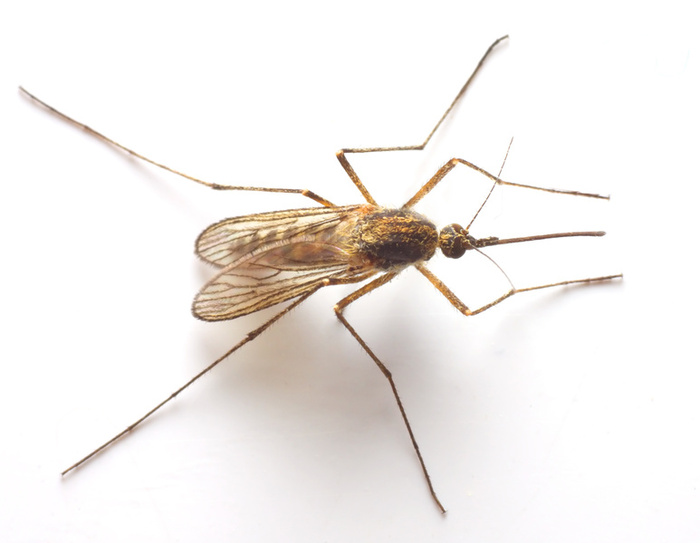
While many species are native to tropical and subtropical regions, some genera such as Aedes have successfully adapted to cooler regions. In the warm and humid tropical regions, they are active the entire year long; however, in temperate regions they hibernate over winter.
Trivia question for Jul-15-2011
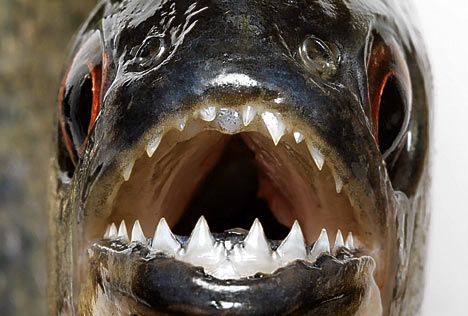
There exists a legend that these fish will skin and eat a human being alive, which is said to have been started with American President Theodore Roosevelt’s visit to Brazil, and a spectacle set up by Brazilian fishermen.
Trivia question for Jul-14-2011
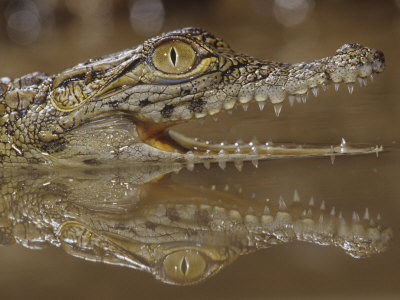
These guys possess a unique predation behavior characterized by the ability of preying both within its natural habitat (where it is the apex predator) and out of its normal range, which often results in unpredicted attacks on almost any other animal equal or smaller in size.
Trivia question for Jul-13-2011
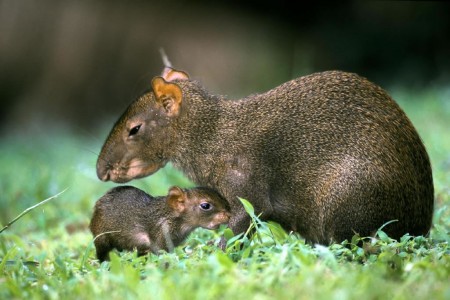
When feeding, these guys sit on their hind legs and hold food between their forepaws. They may gather in groups of up to 100 to feed.
Trivia question for Jul-12-2011
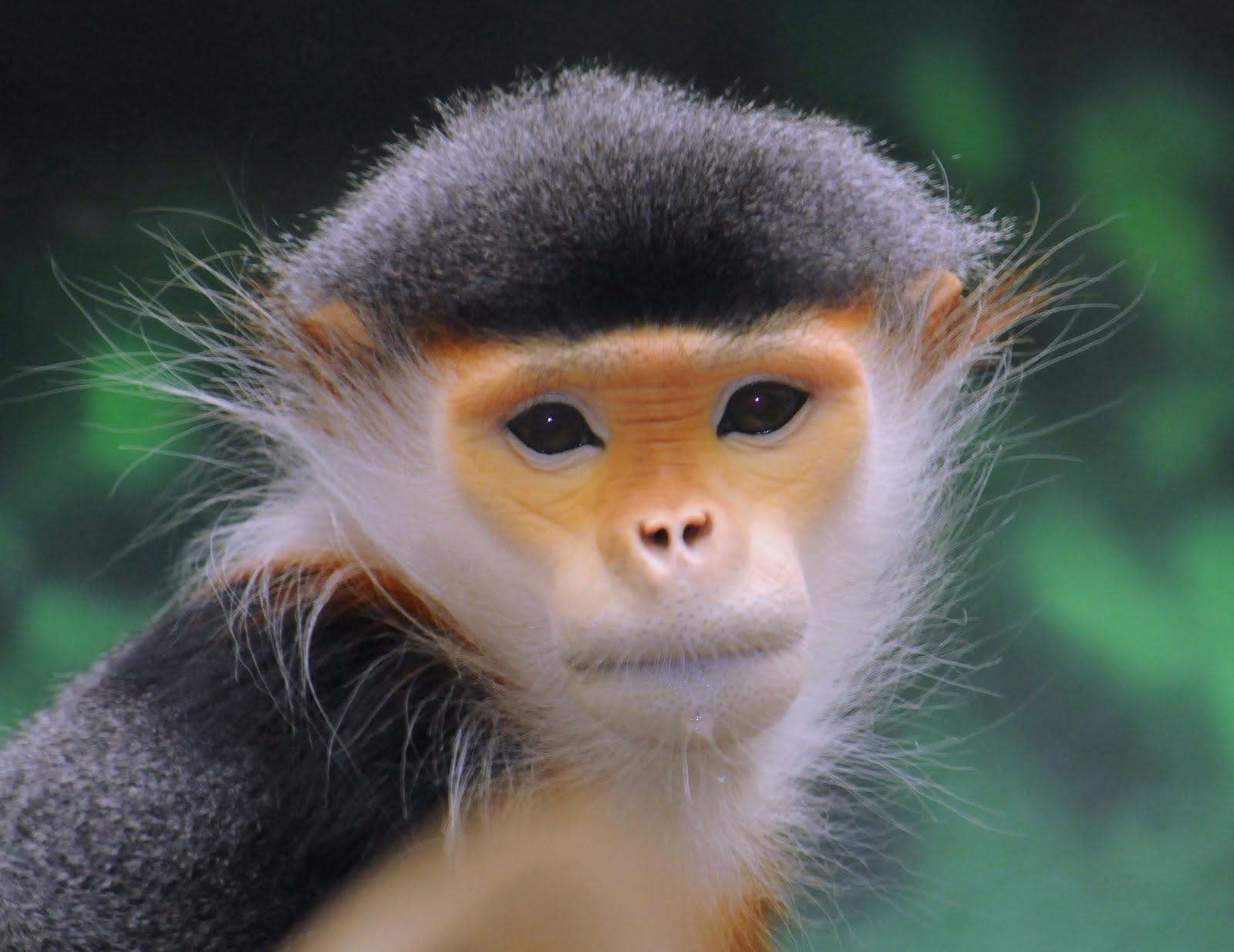
There are two forms of this species which are identifiable by the color of their hind legs: one has chestnut-red fur, the other black fur. In 1995 a new form of these monkeys was discovered in a local market.
Trivia question for Jul-11-2011
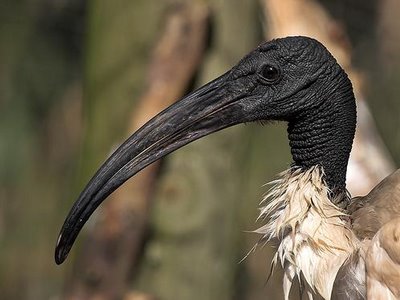
the Ancient Egyptians considered theses birds to be the earthly symbol of Thoth, the god of writing and wisdom. Accordingly, lives birds were kept in temples and later buried with pharaohs.
Trivia question for Jul-10-2011
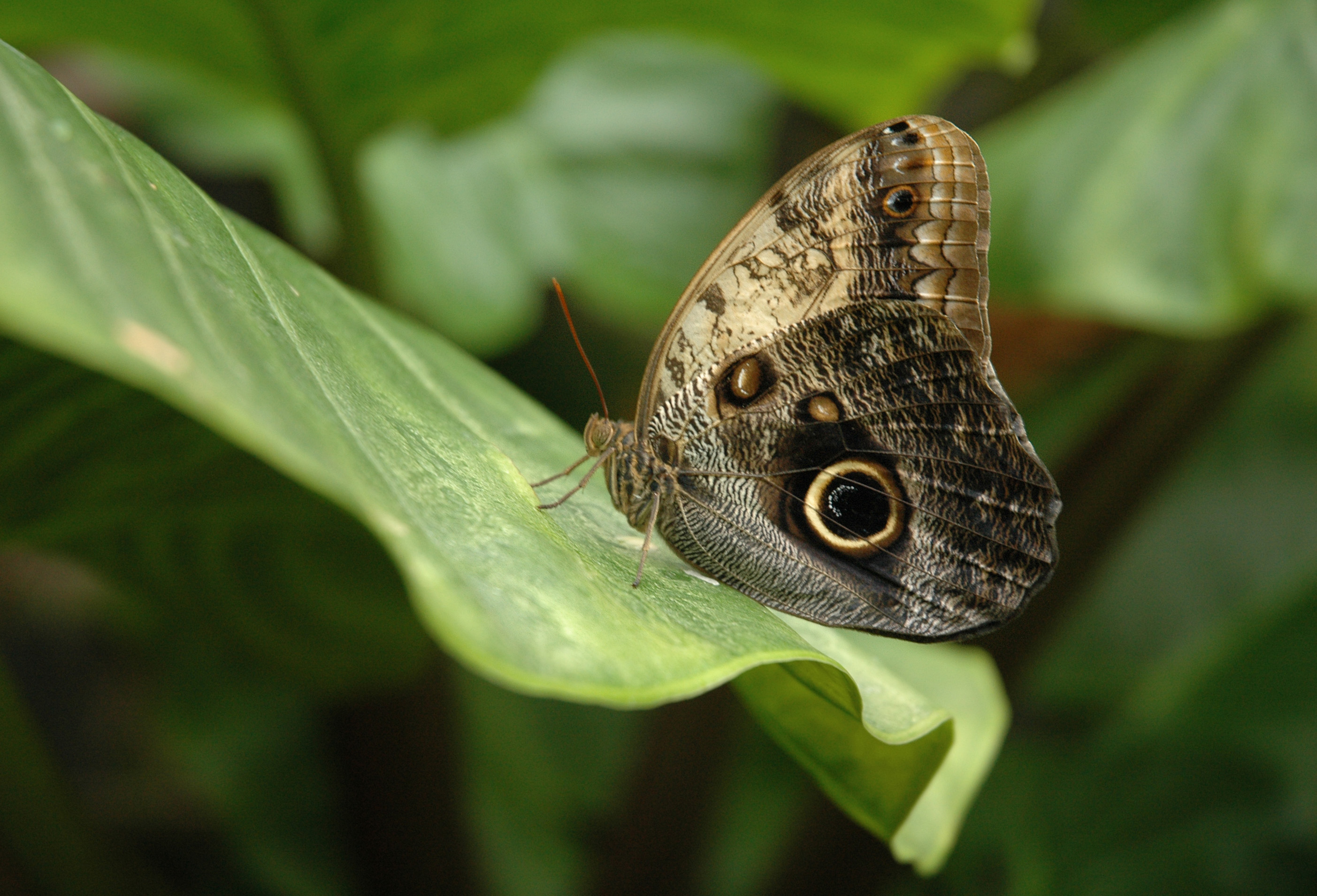
Olivia loves the way these guys look which is why she picked them for her trivia so lets see how she does. These are among the worlds largest butterflies; in flight, they’re mistaken for birds or bats. The underwing pattern of these invertebrates is highly cryptic. It is conceivable that the eye pattern is a generalized form […]
Trivia question for Jul-09-2011
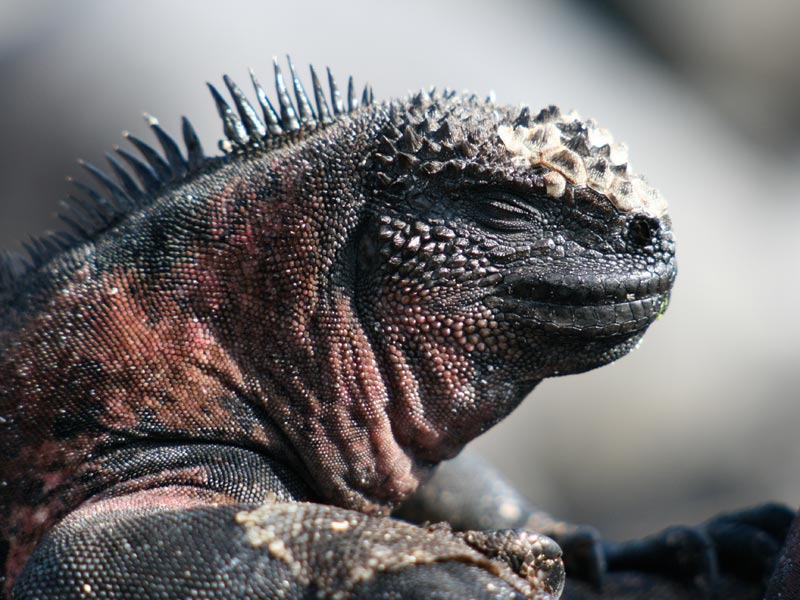
These guys have also been found to change their size to adapt to varying food conditions. During El Niño conditions when the algae that they feed on was decreased for a period of two years, some were found to decrease their length by as much as 20%.

